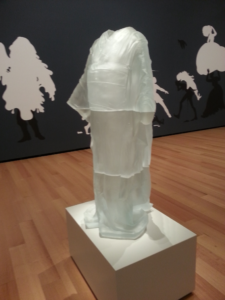Electroacupuncture Promotes CNS-Dependent Release of Mesenchymal Stem Cells.
Kristen Sparrow • March 19, 2017


This study with a million authors is maily out of Florida. It’s pertinent for a variety of reasons. There is the remarkable fact that this huge group was able to get funding for such sophisticated acupuncture research and that it paid off. Way cool on all counts. Unfortunately, no emails available to try to get a reprint.
Electroacupuncture Promotes CNS-Dependent Release of Mesenchymal Stem Cells.
Abstract
Electro-acupuncture (EA) performed in rats and humans using front-limb acupuncture sites, LI-4 and LI-11, and Du-14 and Du-20 increased functional connectivity between the anterior hypothalamus and the amygdala and mobilized mesenchymal stem cells (MSC) into the systemic circulation. In human subjects, the source of the MSC was found to be primarily adipose tissue whereas in rodents the tissue sources were considered more heterogeneous. Pharmacological disinhibition of rat hypothalamus enhanced sympathetic nervous system (SNS) activation and similarly resulted in a release of MSC into the circulation. EA-mediated SNS activation was further supported by browning of white adipose tissue in rats. EA treatment of rats undergoing partial rupture of the Achilles tendon resulted in reduced mechanical hyperalgesia, increased serum IL-10 levels and tendon remodeling, effects blocked in propranolol-treated rodents. To distinguish the afferent role of the peripheral nervous system, phosphoinositide-interacting regulator of transient receptor potential channels (Pirt)-GCaMP3 (genetically encoded calcium sensor) mice were treated with EA directed at hind limb immune points, ST-36 and Liv-3 and resulted in a rapid activation of primary sensory neurons. EA activated sensory ganglia and SNS centers to mediate the release of MSC that can enhance tissue repair, increase anti-inflammatory cytokine production and provide pronounced analgesic relief. This article is protected by copyright. All rights reserved.

